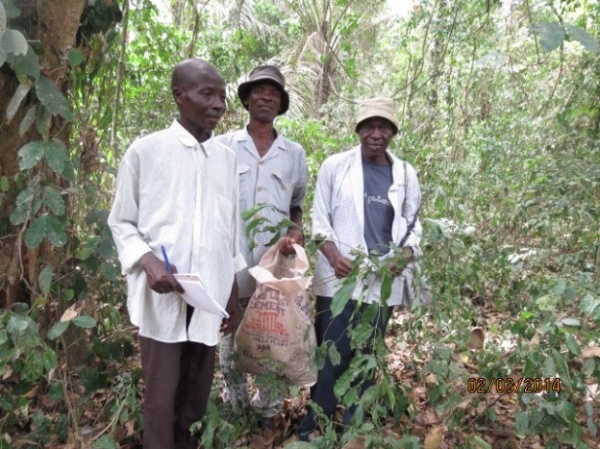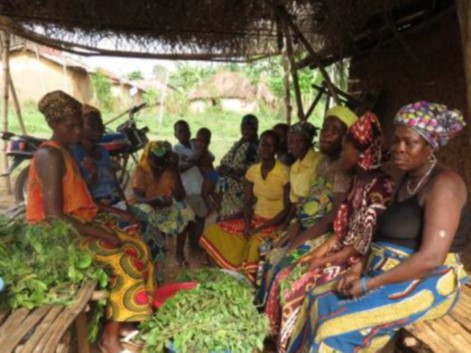Sacred forests: valorization of traditional knowledge associated with genetic resources for sustainable management
25.08.2016
-
SUBMITTED ORGANISATION :
-
NGO Circle for Conservation of Natural Resources (ONG Ce.Sa.Re.N)
-
DATE OF SUBMISSION :
-
25/08/2016
-
REGION :
-
Western Africa
-
COUNTRY :
-
Benin (Gbévozoun and Gnahouizoun Sacred Forests)
-
SUMMARY :
-
An investigation of the valorization of traditional knowledge associated with genetic resources for sustainable management has been conducted in two sacred forests: Gbévozoun and Gnahouizoun. In the Gbevozoun sacred forest, 256 plants species are identified, 75 of which are exclusively encountered in the sacred forest. From the inventory, 191 plants out of the 256 are reportedly used for medicinal and nutritional purposes. Overall, 61 diseases and sicknesses could be treated with these plants. In the Gnahouizoun sacred forest, 168 plant species are identified, of which 81 plants (48.21%) are encountered only in the sacred forest. Of the 168 plant species, 110 are used in medicinal and nutritional programs, and 35 pathologies or sicknesses are treated with the use of these plants. Through collaboration between the Institute of Experimental Research in Medicine and Traditional Pharmacopeia (IREMPT), the CBRST pharmacognosy laboratory, and the NGO CeSaReN, a total of 32 traditional medicines, made using genetic resources and traditional knowledge, were tested via photochemical analysis, cellular and sub-chronic toxicity with rats, and microbiological assessment. Of the 32 traditional drugs reviewed, 24 traditional medicines proved safe and effective to be used for treating diseases for which they are traditionally used.
-
KEYWORD :
-
Benin, Genetic resources, Sacred forests, Traditional knowledge
-
AUTHOR:
-
Achille Orphée Lokossou, Bienvenu Mensah Bossou (ONG Ce.Sa.Re.N)
-
LINK:
-
https://collections.unu.edu/eserv/UNU:5769/SEPLS_in_Africa_FINAL_lowres_web.pdf
Summary Sheet
The summary sheet for this case study is available here.






